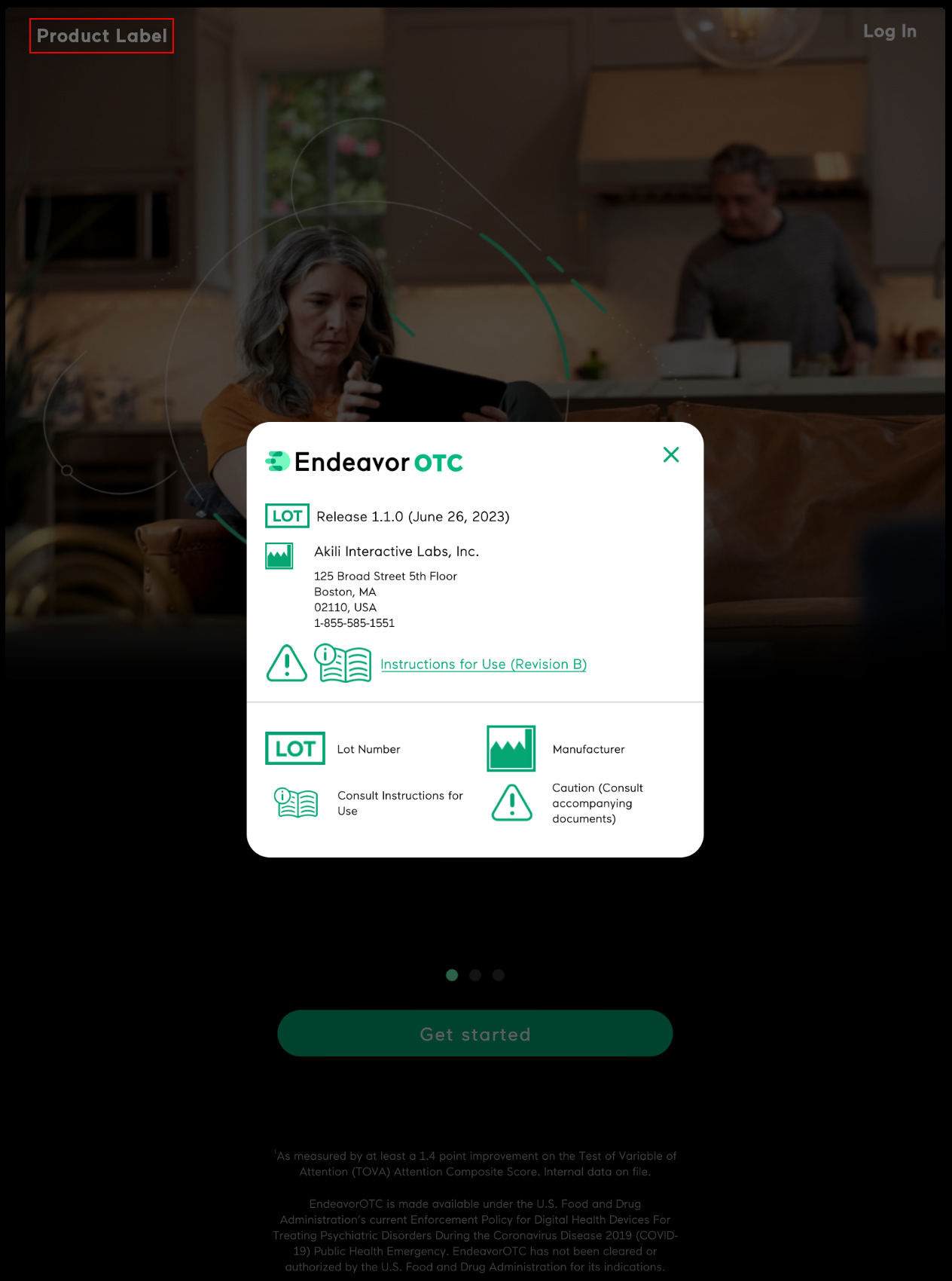Medical Treatments for Adult ADHD: Comparing Stimulants, Behavioral Therapy, and Digital Therapeutics

A guide to medical treatments available to adults with ADHD, including cognitive-behavioral therapy, medication, and digital therapeutics.
Attention-deficit/hyperactivity disorder (ADHD) is a common neurodevelopmental condition impacting millions of people—and it’s not just a childhood problem. Rates of ADHD diagnoses are increasing in adults, just as stimulant shortages are making it harder than ever for adults to get the treatment they need. If you’re here, you’re probably wondering what treatment options are available for adults with ADHD, and what science tells us about how well each of them actually works for managing ADHD symptoms. The good news: there are multiple evidence-based ways of treating ADHD. Stimulants (e.g. Adderall) and cognitive-behavioral therapy are two of them, but have you heard of digital therapeutics? This is another leading medical treatment demonstrated to be effective for patients with ADHD. Read on to learn more about your options and some pros and cons of each!
Medication
If you’ve heard of the ongoing Adderall shortage, you’re aware of at least one medication for ADHD. Adderall is a stimulant medication, a class of drugs that work by increasing levels of certain chemicals in the brain thought to influence our ability to maintain attention and rein in impulsive behavior. Other common stimulants are Ritalin and Vyvanse. Stimulants are effective for a lot of people with ADHD, but they can come with side effects like insomnia and increased heart rate—a similar feeling to if you’ve had too much coffee. Another challenge with stimulants is that they are only effective for as long as people are using them; any improvements are not necessarily sustained when someone stops using them.
Though less common, non-stimulant medications can also be prescribed for ADHD. These medications work by different mechanisms than stimulants, and they may be a good option for people who do not tolerate stimulants well or experience bothersome side effects. They are generally not as effective as stimulants in reducing the symptoms of ADHD, but they can help some people with symptom relief. Some examples of non-stimulant medications used for ADHD are Strattera and Guanfacine.
Cognitive-Behavioral Therapy (CBT)
CBT is an evidence-based treatment for ADHD that focuses on challenging unhelpful thoughts and behaviors that influence negative feelings. CBT is based on research showing that our thoughts, emotions, and behaviors are all interconnected. So while we can’t “turn off” a negative emotion like sadness or anxiety, we can challenge and change the thoughts and behaviors that lead to these negative emotions. For example, if people with ADHD have negative thoughts about themselves or their abilities, they may experience feelings of sadness, anxiety, and low self-esteem. These feelings in turn may influence their behaviors—for example, leading to procrastination or avoidance. In CBT, people learn to identify and challenge negative thoughts and adopt more helpful behaviors.
Some other techniques used in CBT for ADHD include learning skills to manage attention and focus, developing strategies for staying organized and completing tasks, improving time management skills, learning problem-solving skills, and coping with stress and anxiety.
Research shows that CBT can be effective in reducing symptoms of ADHD, improving academic and work performance, and improving quality of life. However, like any treatment, CBT has its pros and cons. Theoretically, a benefit of CBT—unlike a stimulant, which requires continual use to see benefits—is that CBT works to change the underlying mechanisms that contribute to symptoms, producing sustained change. However, there is a shortage of specialists who can deliver this treatment. Another big challenge is that the well-controlled version of CBT studied in scientific research is often not what people actually get in real life.
Digital Therapeutics
Digital therapeutics for ADHD are a new type of treatment using technology to help people manage their symptoms to improve attention, focus, and impulse control. They can be used alone or in combination with other treatments like medication or CBT.
While digital therapeutics can be delivered using an app, they are distinct from wellness apps. Digital therapeutics undergo rigorous testing in order to demonstrate that they are effective and safe for a specific medical condition such as ADHD, and they may even be FDA-authorized—like EndeavorRx—or require a prescription. Wellness apps, on the other hand, have not been through the same rigorous testing process. Digital therapeutics are also typically more personalized than wellness apps. They can use data from the user to track progress and adjust the treatment accordingly.
We spoke with Dr. Scott Kollins, a leading expert in ADHD and Chief Medical Officer at Akili Interactive, about why digital therapeutics are especially promising to help scale access to evidence-based treatment for ADHD.
Dr. Kollins explained, “A benefit of digital therapeutics is that, like CBT, they can work on changing underlying problems to produce long-term change. But unlike CBT, the technological standardization means that we know each patient is getting the same treatment every time, and that the evidence-based strategies tested in clinical trials are delivered to fidelity in the real world.”
Multimodal Treatment
The science shows us that multimodal treatment—or combining multiple evidence-based medical treatments—can lead to greater symptom improvement and quality of life. This makes sense since each treatment has its pros and cons.
If you are considering treatment for ADHD, it is important to talk to your healthcare provider about the best treatment options for you. Your healthcare provider will consider your individual symptoms, medical history, and preferences when making treatment recommendations.
About the Author
-
Dr. Caitlin Stamatis, PhD, is a clinical psychologist and researcher focused on novel uses of technology for mental healthcare. Her 40+ scientific publications have been featured in leading journals such as Nature Partner Journal: Mental Health Research, Depression & Anxiety, and Emotion. Dr. Stamatis has spent her career leading clinical research and product development to build and evaluate new digital mental health treatments, at both big companies like Google and more rapidly growing, specialized digital therapeutics companies like Akili. 
